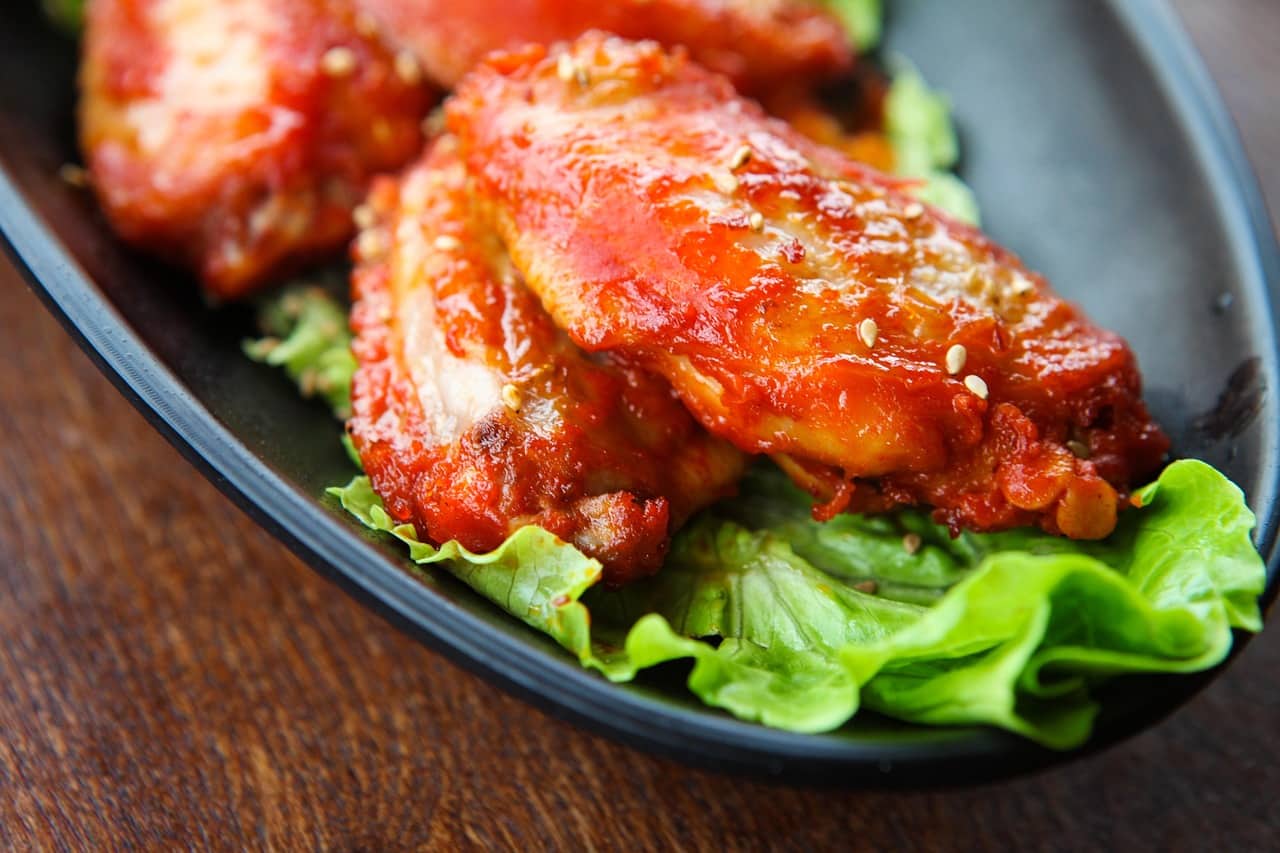Introduction to Pollaste
Welcome to the captivating world of Pollaste, where curiosity and fascination collide! Are you ready to embark on an exhilarating journey into the realm of this extraordinary creature? Please put on your explorer’s hat as we dive deep into the history, characteristics, and habits of Pollaste. From its enigmatic origins to its unique physical appearance, we will uncover the secrets that make this creature genuinely one-of-a-kind.
The History and Origins of Pollaste
The history and origins of Pollaste are shrouded in mystery and intrigue. This extraordinary creature has captivated the minds of scientists and enthusiasts alike for centuries. While much is still unknown about its exact origin, several theories attempt to shed light on this enigmatic species.
One theory suggests that Pollaste may have originated from a remote island in the Pacific Ocean. According to ancient folklore, the island was home to various unique creatures, including Pollaste. It is believed that these animals evolved to adapt to their isolated environment, resulting in their distinct characteristics and physical appearance.
Another theory proposes that Pollaste may have ancestral roots dating back thousands of years. Fossil evidence discovered in various parts of the world indicates the presence of similar creatures during prehistoric times. These fossils provide valuable insights into the evolutionary journey of Pollaste and offer glimpses into its ancient past.
Interestingly, some scholars believe that Pollaste could be an entirely new species previously undiscovered by science. With ongoing research and technological advancements, we may soon uncover more evidence regarding its true lineage and place within the animal kingdom.
Regardless of its origins, one thing remains clear – Pollaste is a genuinely remarkable creature with a rich history waiting to be unraveled. Its existence reminds us that our planet holds countless wonders yet to be explored and understood.
Characteristics and Physical Appearance of Pollaste
When it comes to the characteristics and physical appearance of Pollaste, there’s no denying its uniqueness. This fascinating creature stands out with its vibrant plumage and impressive size. The feathers of a Pollaste come in a wide range of colors, from striking blues and greens to bold reds and yellows. These colorful feathers are a beautiful display and essential in attracting mates during breeding.
One notable characteristic of the Pollaste is its distinctive crest on its head. This crest can vary in shape and size among individuals, adding to their overall charm. Another exciting feature is their long tail feathers, often ornately decorated with intricate patterns.
In terms of size, the average adult Pollaste measures around 2-3 feet tall when fully standing upright. They have strong legs that allow them to walk gracefully on land or swim effortlessly in water bodies such as lakes or rivers.
Furthermore, the beak of a Pollaste is quite remarkable, too! It is sharp and curved downwards, enabling them to easily catch their prey or forage for food within crevices found in trees or rocks. Their eyes are large and provide excellent vision during daytime activities like hunting insects and night-time navigation through dense forests.
The unique characteristics and physical appearance of the pollaste make it genuinely captivating in its natural habitat.
Diet and Feeding Habits of Pollaste
When it comes to diet, Pollaste is genuinely a fascinating creature. With its unique feeding habits, this remarkable bird has adapted to thrive in various environments.
Pollaste primarily feeds on small insects, worms, and seeds on the forest floor. Its sharp beak lets it pick up food items quickly and crack open tough shells. Interestingly, these birds are known for catching flying insects mid-air with incredible precision.
One of the most intriguing aspects of Pollaste’s diet is its preference for specific plants. It has been observed that they have a particular fondness for berries and fruits found high in trees. To reach these tasty treats, Pollastes use their strong claws and agile movements to climb tree trunks effortlessly.
In addition to its primary food sources, Pollastes indulge in occasional scavenging behavior by raiding other birds’ nests or stealing from human picnic baskets! This opportunistic feeding strategy helps them supplement their diet when necessary.
Furthermore, during the breeding season, male Pollastes may engage in elaborate courtship displays where they present food offerings to attract potential mates. These displays showcase not only their hunting skills but also their ability as providers.
The diverse diet and feeding habits of the Pollaste make it an incredibly adaptable species capable of thriving in various ecosystems.
Conclusion: The Importance of
Pollaste, with its fascinating history and unique characteristics, holds great importance in the natural world. This captivating creature is crucial in maintaining ecological balance and preserving biodiversity.
Pollaste contributes to seed dispersal. As it moves through various habitats while foraging for food, it unintentionally spreads seeds from plants it consumes across different areas. This helps in the regeneration of vegetation and ensures the survival of plant species.
Additionally, pollute serves as a vital link in the food chain. Its feeding habits involve consuming insects and small animals, which helps control their populations. By keeping these populations in check, pollaste prevents imbalances that could negatively affect other organisms within the ecosystem.
Moreover, pollaste is an indicator species for environmental health. Due to its sensitivity to changes in habitat quality and pollution levels, monitoring its population can provide valuable insights into overall ecosystem health and help identify potential threats or issues that need attention.
FAQS
1. Can Pollaste be kept as a pet?
While it may be tempting to have a Pollaste as a unique and fascinating pet, it is essential to note that they are wild creatures and require specific habitats and care. It is only recommended to keep them as pets if you are an experienced wildlife handler or have the proper permits.
2. Do Pollastes migrate?
Yes, some species of Pollastes do migrate, particularly those that reside in colder regions during the winter months. Migration patterns can vary depending on the species and their natural habitat.
3. Are there any endangered species of Pollaste?
Unfortunately, due to various factors such as habitat loss and poaching, several species of Pollaste are considered endangered or threatened. Conservation efforts play a crucial role in protecting these magnificent birds from extinction.










